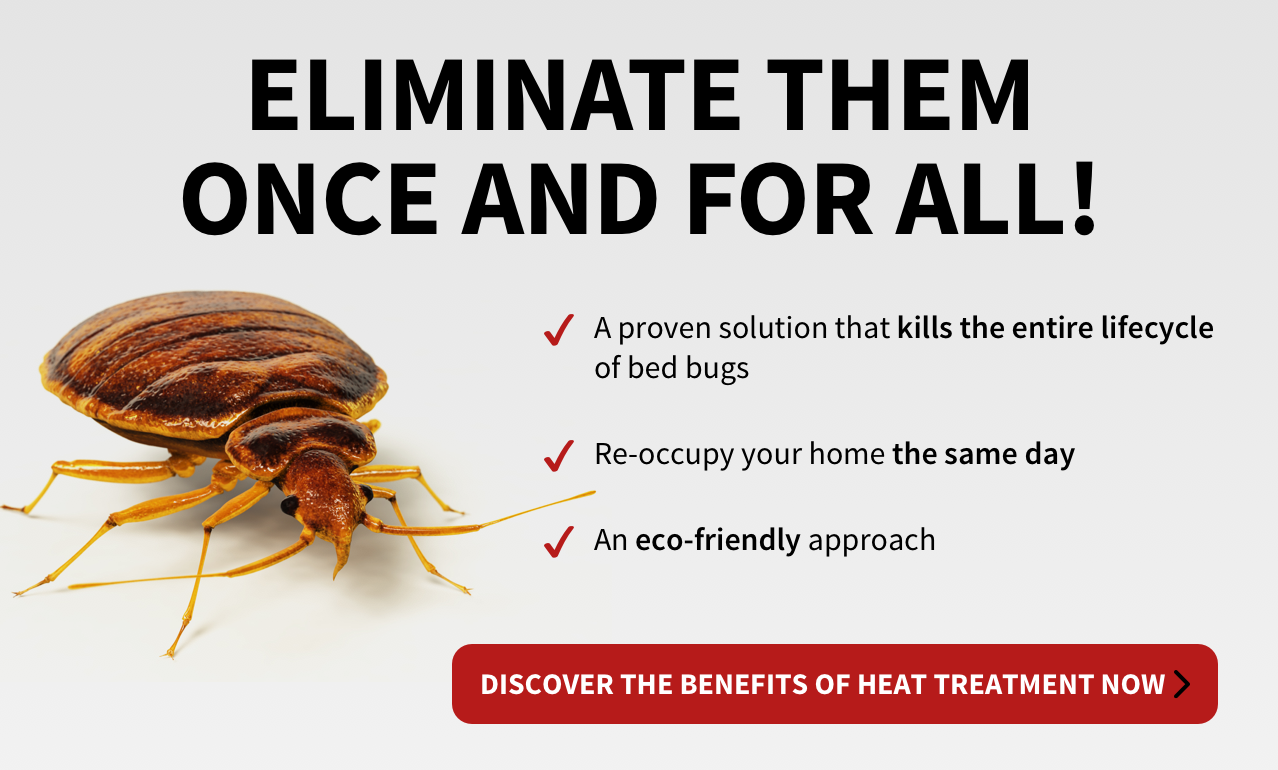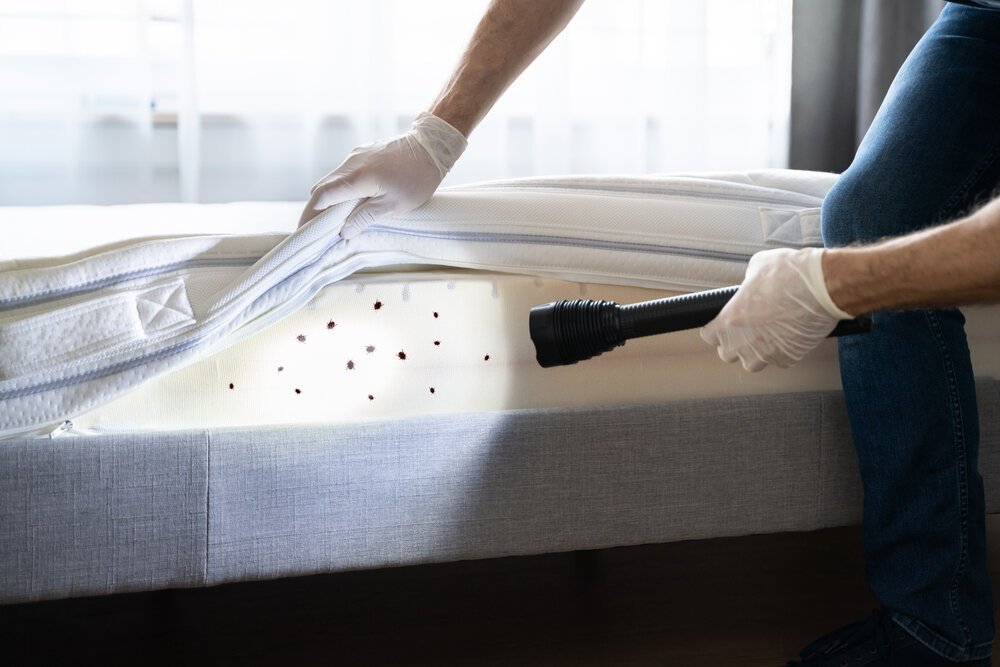Top-Rated EZ Commercial Pest Control Service for Businesses
The Ultimate Bed Insect Therapy Manual: Specialist Insights and Recommendations
The pursuit for efficient bed insect treatment methods has led to a plethora of advice and remedies, some even more trustworthy than others. From recognizing bed pest habits to executing prevention approaches and recognizing invasions, this extensive overview intends to gear up viewers with the expertise needed to tackle bed pest concerns successfully.

Comprehending Bed Bug Behavior
Recognizing the detailed behavior patterns of bed insects is important for effective pest control strategies. Bed pests, clinically referred to as Cimex lectularius, are small, reddish-brown parasitical bugs that feed upon the blood of humans and pets. These nighttime bugs are experienced at concealing in fractures and gaps near their hosts' sleeping locations, making them challenging to spot and eradicate.

Efficient Avoidance Techniques
To effectively battle the spread of bed bugs, applying positive avoidance techniques is extremely important in preserving a pest-free setting. Among the key avoidance techniques is to consistently check and clean areas where bed insects can hide, such as bed linens, furniture, and fractures in wall surfaces. Furthermore, lowering clutter in living areas can decrease potential hiding areas for these parasites. Sealing fractures and gaps in wall surfaces, floors, and furniture can likewise aid avoid bed insects from getting in the premises. Using protective covers on cushions and box springtimes can act as a barrier against bed insects. When acquiring second-hand furniture or clothes, checking things thoroughly before bringing them into the home is important in protecting against bed bug infestations. Practicing good hygiene and reducing the risk of exposure to bed bugs in public spaces can aid in prevention efforts. By incorporating these preventive steps into regular household routines, people can significantly decrease the possibility of bed bug infestations.
Identifying Bed Bug Problems
Upon going into a room believed of a bed insect infestation, one might discover tiny red or brownish spots on bed linens or furniture, showing the existence of these pests. Bed pests usually leave behind these warning fecal spots as they feed on human blood throughout the night. An additional typical sign of a bed insect infestation is the visibility of molted exoskeletons shed by expanding bed bugs. These exoskeletons are clear and can be found near their hiding places. Furthermore, bed pest bites on the skin, which look like red and itchy welts commonly arranged straight or collection, might recommend an infestation.
A musty odor in the space can additionally indicate the existence of bed insects, as these parasites launch pheromones that lead to an unique scent. Inspecting cracks and gaps in furnishings, wall surfaces, and cushion joints might expose actual bed insects, which are reddish-brown, oval-shaped insects regarding the dimension of an apple seed. Recognizing these signs is essential for very early detection and effective therapy of bed insect problems.
Advised Treatment Approaches
Reliable bed insect treatment techniques depend index on a combination of detailed evaluation, targeted extermination, and preventative steps to get rid of infestations effectively. The very first step in treating bed bugs is a detailed assessment to establish the level of the invasion - ez bed bug exterminator chicago. Common techniques include making use of insecticides, warmth treatments, or cold methods to eliminate bed bugs at all life phases.
In enhancement to extermination, precautionary procedures play a critical function in preventing future problems. This includes frequently cleansing and decluttering living areas, sealing splits and gaps where bed bugs can conceal, and making use of mattress encasements to protect versus infestations. By combining detailed inspection, targeted elimination, and safety nets, people can successfully fight bed bug invasions and preserve a bed bug-free environment.
Preserving a Bed Bug-Free Environment
After executing reliable bed bug treatment approaches, keeping a bed bug-free atmosphere requires consistent caution and proactive actions to stop future problems. On a regular basis examining living areas, especially beds, furniture, and splits in walls, is vital. Enclosing mattresses and box springs with bed bug-proof covers can protect against any type of staying bed pests from getting away or brand-new ones from infesting. Vacuuming on a regular basis, specifically along baseboards, rugs, and furniture, helps to eliminate any possible bed insects or eggs. Furthermore, cleaning and drying out bed linens, linens, and apparel above warmth can eliminate carpenter ant extermination any kind of bed pests existing. It is necessary to declutter living rooms to decrease concealing spots for bed pests. Securing cracks and holes in walls, furnishings, and other possible hiding areas can limit bed insect movement and protect against infestations. If taking a trip or buying pre-owned furnishings, evaluate things extensively prior to bringing them right into the home. ez bed bug exterminator chicago. By adhering to these aggressive measures continually, a bed bug-free environment can be kept effectively.
Verdict
